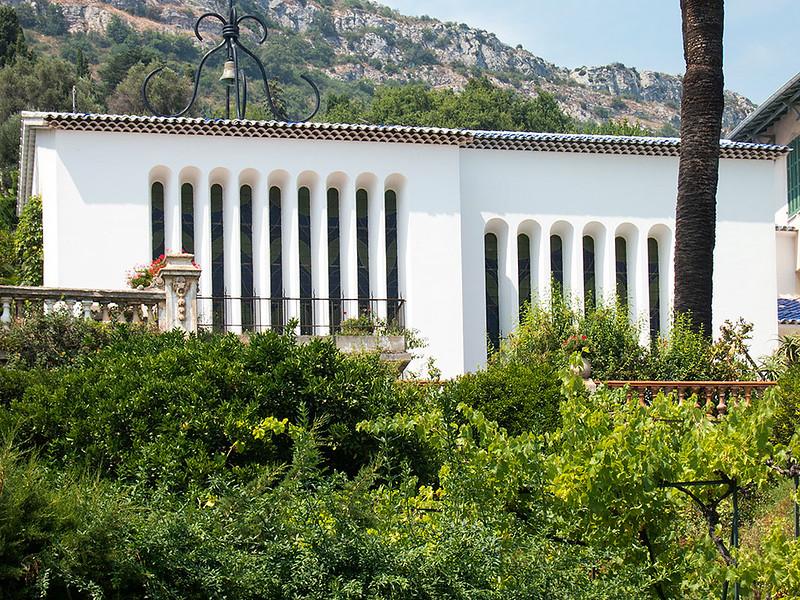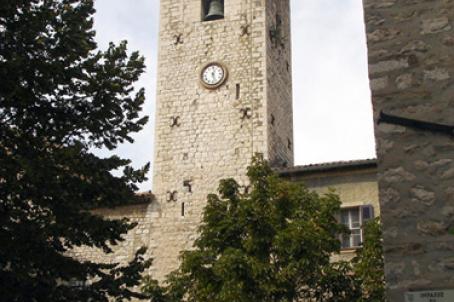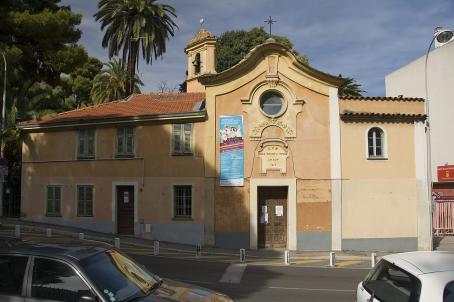Chapelle du Rosaire de Vence (Matisse Chapel)
The Chapelle du Rosaire de Vence is a 20th-century chapel designed by French artist Henri Matisse. It is nestled in the little town of Vence, close to Nice.
About this building
Officially named Chapelle du Rosaire, this 20th-century chapel in the French medieval village of Vence was commissioned to the artist Henri Matisse by a friend of his who belonged to a congregation of Dominican nuns.
Although Matisse was not an architect but a draughtsman, Matisse worked for four years to create a simple building with exquisite decoration based on tiles and stained glass. The stained glass windows use only three colours: yellow, for the sun, green for the vegetation and blue for the Mediterranean sea.
The chapel is considered the artist's masterpiece, impregnated with his colours and style, and in which some of his works are also exhibited.





